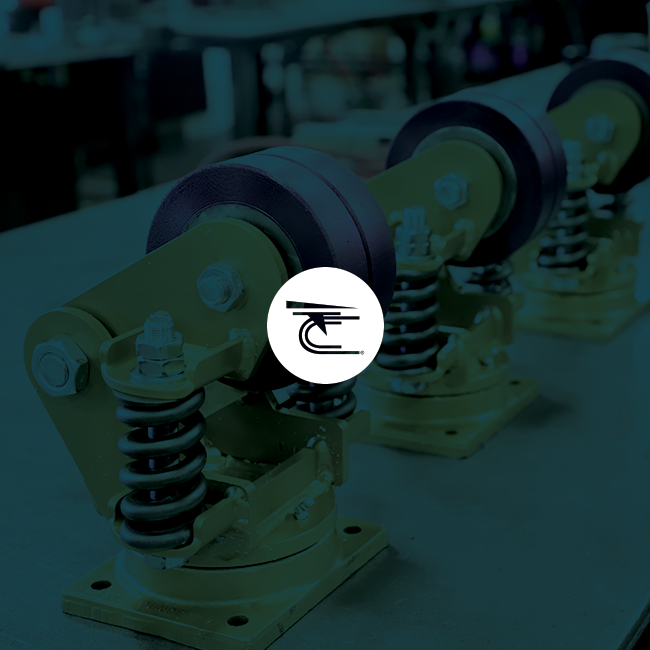

Ergonomics weren’t a primary concern in American industries until a couple of decades ago when the real effects of work-related injuries started to become clear. Since then, the Occupational Safety and Health Administration (OSHA) has continued to focus on the different ways to provide employees across every industry with a more ergonomic workplace. Below, you can learn more about OSHA’s stance.
The Bureau of Labor Statistics (BLS) cites that musculoskeletal disorders (MSDs) were responsible for 33% of all the worker injury and illness cases reported in 2013. What’s more, MSDs are also one of the most frequently reported causes of lost work time, which has a tremendous effect not only on the employee missing work but also on the employer. OSHA’s stance on ergonomics focuses a great deal on the prevention of work-related MSDs for this reason.
OSHA has also lined out a series of steps that employers can take to implement ergonomic processes in their companies. These include:
Each of these steps means something slightly different for every industry, but every workplace should implement them.
To reduce MSDs in the workplace, OSHA has also created three different control categories that can help employers provide a more ergonomic —and therefore safer—working environment. These include:
To learn more about the link between ergonomics and musculoskeletal disorders, the National Institute for Occupational Safety and Health (NIOSH) provides excellent resources on the topic.
An ergonomic workplace benefits everyone. Though it may require a bit of initial investment on the employer’s part, the reduction in injuries and an increase in productivity will quickly help those employers see a fantastic return. What’s more, when there are fewer injury claims, companies in any industry are sure to see a reduction in their workers’ compensation insurance premiums, too.